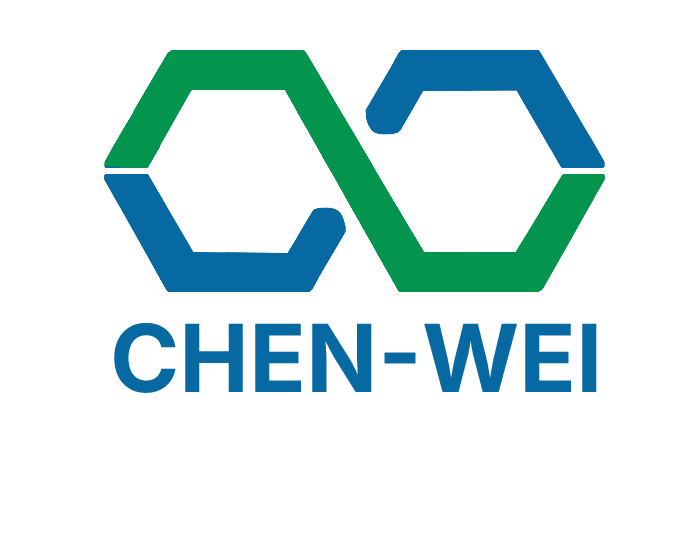從 As-Built 到 Digital Twin:逆向工程的資料治理策略
From As-Built to Digital Twin: Data Governance Strategies in Reverse Engineering
🔍 你真的擁有你的工廠/船艙的真實數位資產嗎?
Do you really own your factory or vessel’s true digital representation?
在數位轉型的浪潮下,As-Built 圖資的可靠性與更新頻率成為工廠、船舶、醫療設施等大型系統面臨的最大管理痛點之一。當你還在依賴十年前那份「過時又模糊」的平面圖時,競爭對手已經把Digital Twin 數位孿生模型建進了雲端,實現智慧監控與即時應變。
In an era of digital transformation, outdated and unreliable As-Built drawings are no longer sufficient. Your competitors are building real-time Digital Twins while you’re still searching for old PDF layouts.
🛠️ 案例實戰:某化工廠點雲建模 + Digital Twin 導入
Case Study: Point Cloud Modeling for a Chemical Plant’s Digital Twin
我們近期替一家化工廠進行全面性場域掃描。該廠區約2萬平方公尺,管線密佈、歷經數次擴建,圖資嚴重落後。
執行步驟(Execution Process):
雷射掃描建置 As-Built 現況模型(使用 Z+F 5016 掃描器)
依據點雲建立實際變形的管線模型與設備分群
建立標準化元件模型(ISO標準管線件)進行系統化編碼
導入 INTERIORS 系統進行物件屬性標註與查詢架構建置
連接 SCADA 資料流,逐步實現 Digital Twin 雛形
📈 成果:
圖資查詢時間由「2天」降為「20秒」
減少未來擴建碰撞錯誤率超過 85%
初步支援「火災蔓延模擬」與「緊急逃生分析」
🧠 As-Built ≠ Digital Twin,那中間差在哪?
As-Built models are static, but Digital Twins are smart, dynamic, and connected.
| 類型 | As-Built | Digital Twin |
|---|---|---|
| 來源 | 通常來自施工後手動修訂圖 | 由雷射掃描、自動建模與系統同步產出 |
| 資料形式 | 圖紙、CAD、PDF | 3D模型 + IoT資料流 + 屬性資訊 |
| 是否即時 | ❌ 靜態 | ✅ 即時同步設備狀態 |
| 可視化能力 | 有限 | 高互動性、可多維度模擬 |
| 運用層級 | 設計/施工交付用 | 維運、預測、模擬、決策支援 |
📊 資料治理的關鍵策略(Data Governance Strategies)
1. 結構化命名與元件標準(Component Standardization)
使用如 ISO 15926 或自建元件庫,確保模型可延伸性與跨平台共用。
2. 點雲品質管理與套疊驗證(Point Cloud QA/QC)
每次掃描必須經過站點佈點設計、誤差控制、雜點剃除,確保 Well Structured Point Cloud。
3. 系統導入時屬性欄位設計(Metadata Architecture)
管線、閥件、電纜等物件,皆需具備如 Material、FlowDirection、TagID 等欄位供查詢與邏輯運算。
4. 圖物件關聯圖層設計(Layered Linking Between Models and Schematics)
讓 P&ID、ISO 圖與 3D 模型、點雲能雙向追蹤,支援高亮查詢與跨圖即時定位。
🔥 為什麼這樣做有商業價值?
This is not just a “cool tech project”—it’s an operational ROI generator.
🔧 減少維修與改裝時間 > 30%
🧯 提高安全模擬真實性,符合 ESG 與法規要求
📚 建立完整的「可交付圖資包」,強化業主信任與履約競爭力
🤝 作為資產數位交屋依據(Digital Handover)
📌 結語:
從 As-Built 到 Digital Twin,不只是一場科技升級,更是企業從「資訊孤島」轉型為「資料資產營運者」的關鍵旅程。
From As-Built to Digital Twin is a strategic leap from static documentation to intelligent decision-making.
不論是初期建模、現場掃描還是設計優化,我們都能協助您高效完成。
📩 聯絡我們,或索取免費評估報告。
🚀 INTERIORS 系統支援完整逆向工程流程與Digital Twin建模。
Q1:逆向工程一定要使用點雲嗎? / Do I have to use point clouds for reverse engineering?
A: 不一定,但若想達到高精度與快速建模,點雲掃描是目前效率最高、誤差最小的方法。尤其在老舊系統或圖資遺失的場域,點雲可說是不可或缺。
A: Not always, but for high-precision and efficient modeling, point cloud scanning is currently the most reliable method—especially in legacy systems with outdated or missing documentation.
Q2:As-Built 模型與 Digital Twin 有什麼差別? / What’s the difference between an As-Built model and a Digital Twin?
A: As-Built 是靜態的施工完工現況資料,而 Digital Twin 是可連接感測器、實時更新、支援模擬與決策的智慧模型。
A: As-Built is a static record of construction status, while a Digital Twin is a smart, dynamic model with real-time data integration and simulation capabilities.
Q3:我現在只有 2D 圖紙,也能做成 Digital Twin 嗎? / Can I build a Digital Twin if I only have 2D drawings?
A: 可以,但需透過點雲掃描與建模進行資料補全,再搭配物件屬性與流程系統重建,才能真正建成有效的 Digital Twin。
A: Yes, but you’ll need to supplement the 2D drawings with point cloud scanning and attribute modeling to create a functional and intelligent Digital Twin.
Q4:數位孿生會增加我們的維護成本嗎? / Will implementing a Digital Twin increase our maintenance costs?
A: 初期導入需要投入資源,但長期來看能顯著降低維護錯誤率、加快排故速度、提升安全模擬能力,實質上是節省成本。
A: Initial implementation requires investment, but in the long run, it significantly reduces error rates, accelerates troubleshooting, and enhances safety simulations—ultimately saving costs.
Q5:Digital Twin 要多久才能建好? / How long does it take to build a Digital Twin?
A: 根據場域規模、系統複雜度與圖資完整性,從幾週到幾個月不等。工廠與船舶等大型系統,我們通常建議分階段執行。
A: It depends on the site scale, system complexity, and data availability—it could take weeks to months. For large systems like factories or ships, a phased approach is often recommended.
